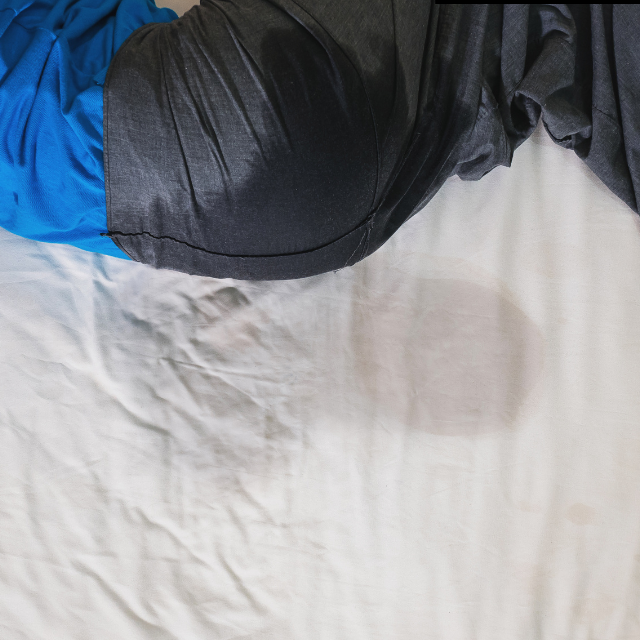Vesicoureteral reflux, also known as VUR, is an abnormality wherein urine backs up from the bladder into the ureters (the passageways linking the bladder to the kidneys) and in some cases further into the kidneys. Under normal circumstances, one-way movement should happen from the kidneys to the bladder, but in VUR, the valve at the connection of the ureter and bladder is defective or immature.
Important Points Regarding VUR:
Causes:
Primary VUR – Most frequent variety. Due to an abnormality in the valve through which the ureter joins the bladder at birth.
Secondary VUR – Due to increased pressure in the bladder resulting from obstruction of, or dysfunction in, the urinary tract (e.g., neurogenic bladder).
Who Gets It?
Common in infants and young kids.
Usually found during assessment for urinary tract infection (UTI).
May run in families.
Symptoms:
Recurring UTIs
Fever, especially with UTIs
Pain or burning during urination
Bedwetting or incontinence
Abdominal or flank pain
At other times, none at all
Diagnosis:
Voiding Cystourethrogram (VCUG) – A specific X-ray displaying urine output during emptying of the bladder.
Renal Ultrasound – It is utilized to examine for kidney enlargement (hydronephrosis).
Nuclear Scan – Tests kidney function and scarring.
Grading of Vesicoureteral Reflux:
Grade I: Only reflux into ureter
Grade II: Ureteral, pelvic, and calyceal reflux without dilation
Grade III: Mild dilation of the ureter and renal pelvis
Grade IV: Moderate dilation and tortuosity
Grade V: Extensive dilation and renal injury
Treatment:
Observation: Particularly in low-grade VUR, which can resolve with growth.
Antibiotic Prophylaxis: Daily low doses to prevent infection.
Surgery: Required in cases of severe or recurrent VUR.
Open surgical reimplantation of the ureters
Endoscopic injection of bulking agents
Prognosis:
Numerous kids outgrow VUR, in particular, low-grade.
Higher grades can result in kidney damage if left untreated.



